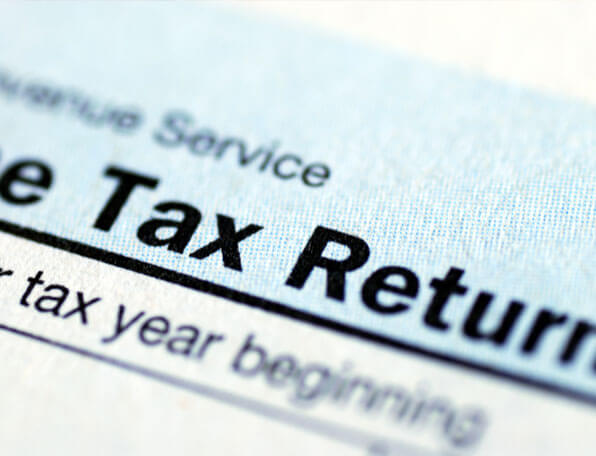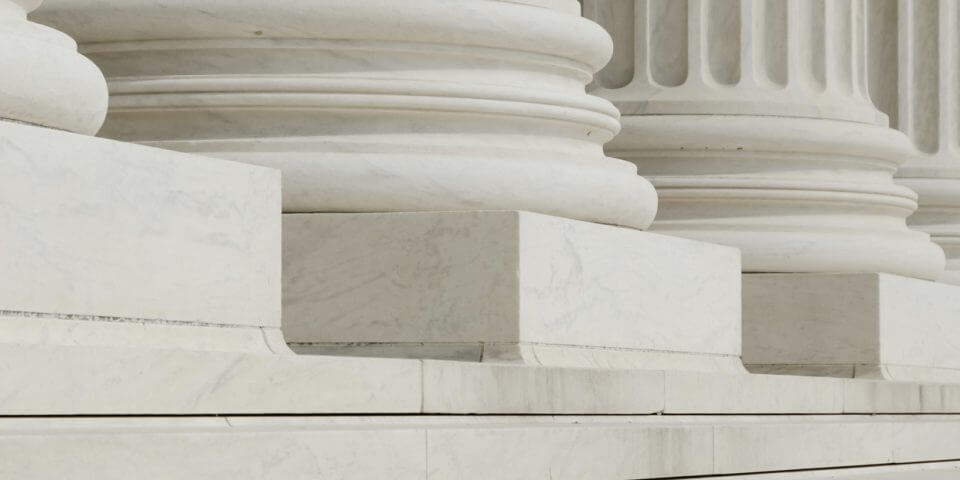Effects of Wayfair Starting to Show

Last year, we discussed the possible effects that a United States Supreme Court ruling in the case of South Dakota v. Wayfair would have on state coffers. The ruling last June means that states are now able to collect sales tax on purchases their citizens make from online retailers, even if those retailers don’t have a physical presence in the state. The ruling was widely welcomed by state budget officers as a boon to their balance sheets. Despite the widespread positive initial reactions to the ruling, there were questions regarding the real-world effects the Supreme Court’s ruling would have. Now that some time has passed since the ruling, we are starting to get answers to some of those questions.
One of the main questions after the Supreme Court ruled in the Wayfair case last summer was just how big of an impact it would have on state finances. A new report from the Urban Institute reveals that state sales tax collections grew by 6.5 percent in the third quarter of 2018 when compared to the third quarter of 2017. State sales taxes revenues have been growing steadily coming out of the recession in 2010, but the growth has been generally slow. The 6.5 percent growth rate represents the largest year-over-year quarterly growth in state sales taxes since 2008. Of course, many factors contributed to this strong growth, but the Wayfair ruling was undoubtedly a significant influence. 45 of the 50 states collect sales tax, and 38 of those states have already enacted new laws or regulations addressing online sales taxes in the wake of the Supreme Court’s ruling.
It is already becoming apparent that the Wayfair ruling is helping the bottom line in state budgets, but there is still the possibility for even more sales tax revenue growth. One of the challenges for states has been how to address the issue of collecting sales tax on so-called “marketplace facilitators.” An example of a marketplace facilitator is Amazon Marketplace, which is an entity that does not actually sell products but is more of a middleman that facilitates transactions between consumers and online retailers. To date, only about one-fourth of states have passed sales tax laws or regulations specifically addressing these facilitators.
The Wayfair case serves as a good illustration of the complexities of state budgets. Given all of the complexities that abound in government finance offices, relying on the expertise of a trusted partner like IC System to perform debt collection services on past-due accounts can help ease the some of the stress placed on government budgets. Visit https://www.icsystem.com/government/ to learn about what IC System can do to benefit government budgets.
About the Author: Eric Johannes








